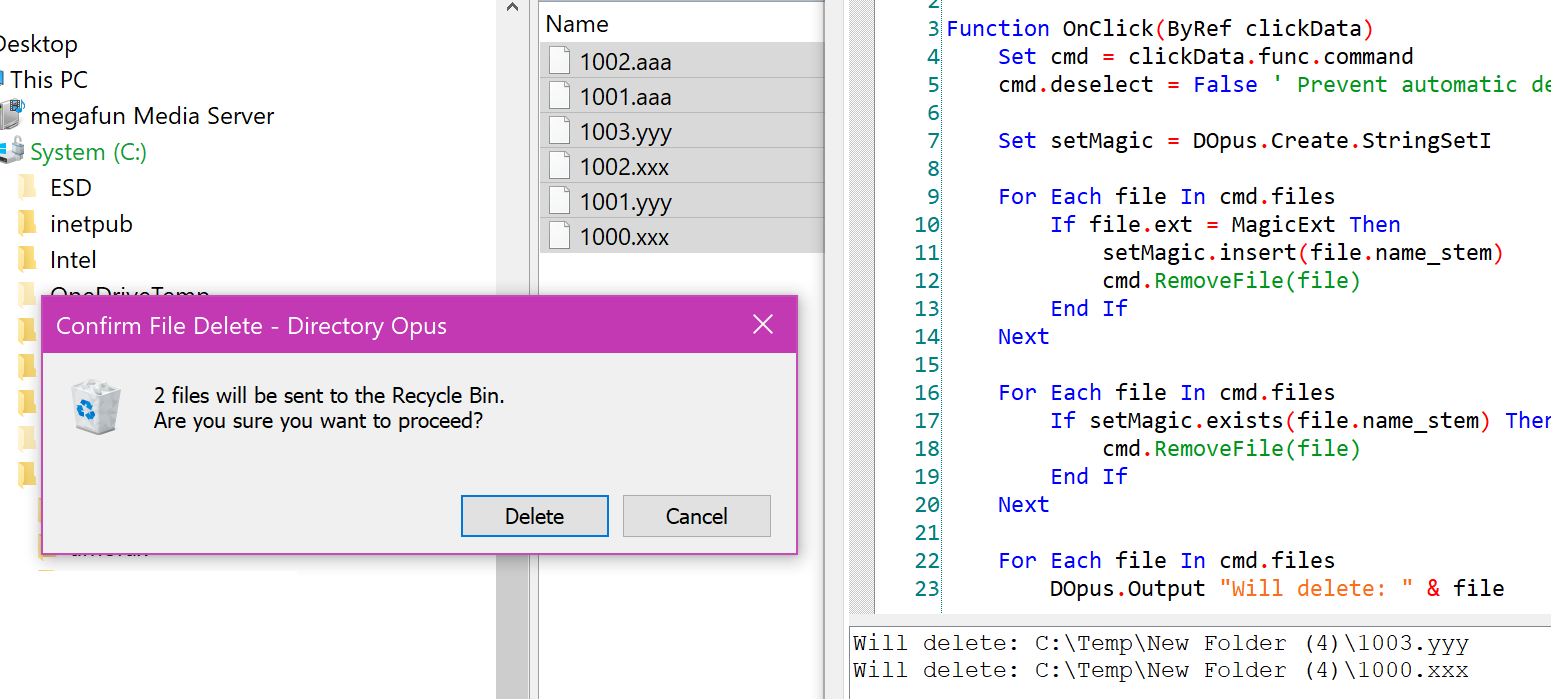

CAR – MOVING – DAY), but it still creates a slug line that is too busy.

Some screenwriters add things like MOVING (INT. If your character is inside of a car, which is obviously driving outside, it is an interior scene, not an exterior scene.

Why? Because the hallway is still inside the school. Instead, you create a new location by writing INT. CLASSROOM – DAY when they are in the hall. Thus, if your character is in a school class room, and they are beckoned into the hall by a friend, you don’t write EXT. Interiors are comprised of any location set inside of a building, structure, vehicle, etc. Location Headings - Should Only Have Three Pieces of Information It’s a common mistake, but a very annoying one. Writing THE END in place of either of those will work as well.ĭISSOLVE TO is the proper transition to use within the script, if needed. FADE IN is the first text on the first line of your script (the beginning).įADE OUT - or FADE TO BLACK - is for the end of the script. That’s not what those transitions are for. Too many novice screenwriters use FADE IN and FADE OUT transitions - and variations thereof - throughout the whole script as stylistic camera or editing directions (more on that later). Only Use FADE IN and FADE OUT at the Beginning and End of Your Script Other unnecessary elements include draft numbers, loglines, character breakdowns, or any other superfluous information.Īll that your title page needs is the title of the script and who it is written by. You have those numbers in your records and in the unlikely event that your script’s content is stolen and produced by another, your records of those numbers will be more than enough.
#OPEN SCRIPT WITHOUT SLUGLINE REGISTRATION#
While copyright numbers and WGA registration numbers are fine, know that it’s not necessary.

If they want your contact information beyond that email address, they’ll ask for it through email. Chances are your query was sent through email. They don’t need your mailing address, home phone number, cell phone number, and pager number (you may laugh, but it happens). Studios and companies don’t need or want too much information on the title page. Remember and implement these simple rules, and you’ll jump ahead of 95% of the screenplays and screenwriters out there. Once you’ve got these simple rules down, write your next screenplay in 5 weeks with this guide. However, they will certainly make your scripts more professional-looking, streamlined, and easier to read - the happier the script reader, the better chances of getting that coveted Consider or Recommend when they write their script coverage. They won’t catapult you up the Hollywood totem pole. They won’t make you a better cinematic storyteller. There are lessons to master about story, structure, and characterization in your screenplays - these fifteen simple but important screenplay rules have nothing to do with them. For example, a romantic scene where a guy proposes to his boyfriend as the sun goes down is pretty important for that scene, so you’d be justified in putting ‘SUNSET’ in the slugline.This is a guest post by Ken Miyamoto from ScreenCraft. Therefore, distinctions such as these should only ever be made if the specific time of day is crucial to the scene. Further still – sunrise, noon, sunset and midnight are even shorter. Having specific times detailed in the slugline particularly ones that rely on the position of the sun, make things difficult for filming (morning, afternoon and evening are a shorter period of time than ‘day’ and ‘night’. If the character does night shifts and therefore sleeps in the afternoon (which is still ‘day’), clues in the descriptions can clarify the situation, such as the sound of kids playing outside. BEDROOM – DAY followed by a description of someone waking up will make it fairly obvious it is morning. A simple DAY and NIGHT should suffice, especially as the scene descriptions will likely contain clues as to what time of day it is.įor example, INT. This is because the decisions about ‘when’ the scene takes place and what it looks like won’t be finalised until the ‘shooting script’. It’s usually best to stick with a simple DAY or NIGHT, because distinctions such as SUNRISE, MORNING, NOON, AFTERNOON, EVENING, SUNSET and MIDNIGHT can come across as too restrictive Here are Writesofluid’s tips for good, concise sluglines… Seems simple, but sluglines are often overwritten and unnecessarily complicated. How should sluglines be formatted in a script?


 0 kommentar(er)
0 kommentar(er)
